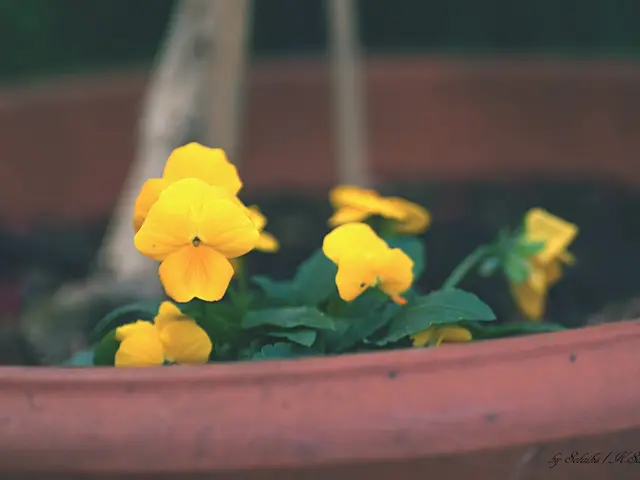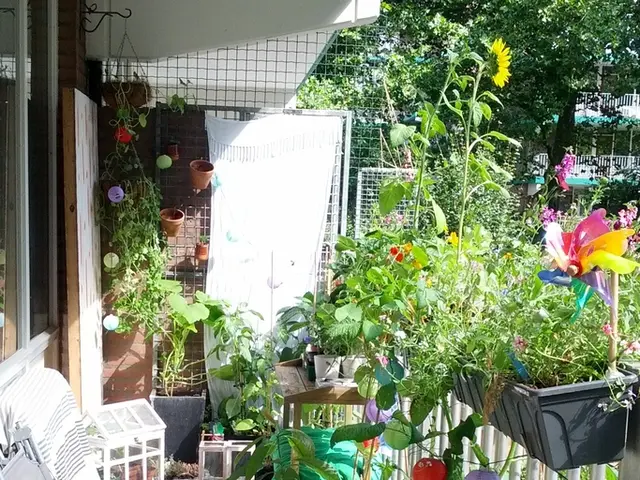Detailed Instructions on Cork Bark Utilization (Including Bioactive Setup and Hardscape)
In the world of terrarium design, cork bark has emerged as a popular and versatile material, particularly for reptiles, isopods, and other small animals. This natural, sustainable, and functional material offers numerous benefits that make it an ideal choice for creating immersive and naturalistic habitats.
### Types of Cork Bark
Cork bark comes in various forms, each with its unique characteristics and applications. The most common types include:
- **Virgin Cork**: Obtained from the very first harvest of the cork oak tree (Quercus suber), virgin cork boasts a natural texture and appearance that closely resembles natural habitats. - **Cork Rolls and Sheets**: These are more commonly used in construction for insulation but can be adapted for terrarium backgrounds or substrate liners due to their durability and sustainability. - **Cork Bark Flats and Rounds**: These pieces are specifically used for terrarium hardscaping, creating climbing structures, naturalistic backgrounds, or hiding spots.
### Uses and Applications in Terrariums
Cork bark plays a pivotal role in terrarium design, serving as both decorative and functional elements. Its uses include:
- **Hardscape Elements**: Cork bark, especially larger rounds or flats, can be strategically placed to create climbing structures, hides, and basking platforms within reptile enclosures. - **Backgrounds**: Cork bark sheets or flats are commonly used to create naturalistic backgrounds that simulate tropical rainforest environments, enhancing the enclosure's aesthetics and making animals feel more at home. - **Hideouts and Shelter**: Cork bark rounds placed on the substrate offer secure hides for reptiles and other small animals, essential for their stress reduction and well-being. - **Climbing Structures**: Many arboreal and semi-arboreal reptiles benefit from cork bark climbing surfaces, which mimic branches and tree bark in their natural habitats. - **Isopod Cultures and Small Animal Habitats**: Cork bark provides excellent shelter and climbing/foraging surfaces for isopods and other small critters in bioactive and paludarium setups. Its natural porosity and texture encourage microhabitats and humidity retention, important for these animals.
### Benefits of Cork Bark in Terrariums
- **Naturalistic Appearance**: Cork bark closely mimics the look and feel of tree bark found in natural habitats, enhancing the visual appeal and functionality of terrariums. - **Eco-Friendly and Sustainable**: Cork is harvested sustainably from cork oak trees without harming them, making it an environmentally responsible choice. - **Lightweight and Durable**: Cork bark pieces are light enough to handle easily yet durable enough to withstand the conditions inside a terrarium, including humidity and animal interaction. - **Thermal and Acoustic Insulation**: While mainly a benefit in construction, cork's insulating properties also help create stable microclimates in enclosures, contributing to the thermal gradient essential for reptile thermoregulation. - **Moisture Regulation**: Cork's natural porosity can help maintain humidity levels and provide a breathable surface, beneficial for animals requiring humid environments. - **Non-Toxic and Safe**: Being a natural material, cork bark is safe for reptiles, amphibians, and small invertebrates without risk of toxic exposure.
In conclusion, cork bark is widely valued in terrarium design for its ability to simulate natural environments while providing functional benefits such as climbing surfaces, hides, and microclimate regulation. Its sustainable and non-toxic nature makes it suitable for a broad range of reptiles and small animals, as well as bioactive and paludarium setups. With its diverse types, uses, and benefits, cork bark continues to be a popular choice for terrarium enthusiasts seeking to create immersive and naturalistic habitats.
[1] Sustainable Cork [2] The Reptile Room [3] Terrarium.net [4] Isopod Central
1.For those seeking a naturalistic lifestyle, cork bark is ideal for home-and-garden enthusiasts as well as fashion-and-beauty conscious individuals, as it can serve as a beautiful and eco-friendly decor element in both plant terrariums and interior design.
- In the realms of lifestyle and pet-keeping, cork bark's versatility shines, making it an indispensable addition to fashion-forward homes, tropical terrariums, and reptile and small animal habitats alike, offering an aesthetically pleasing and functional solution for home-and-garden and fashion-and-beauty enthusiasts alike.




